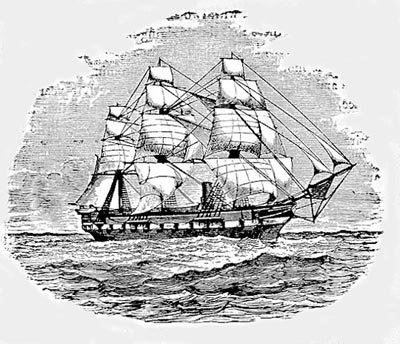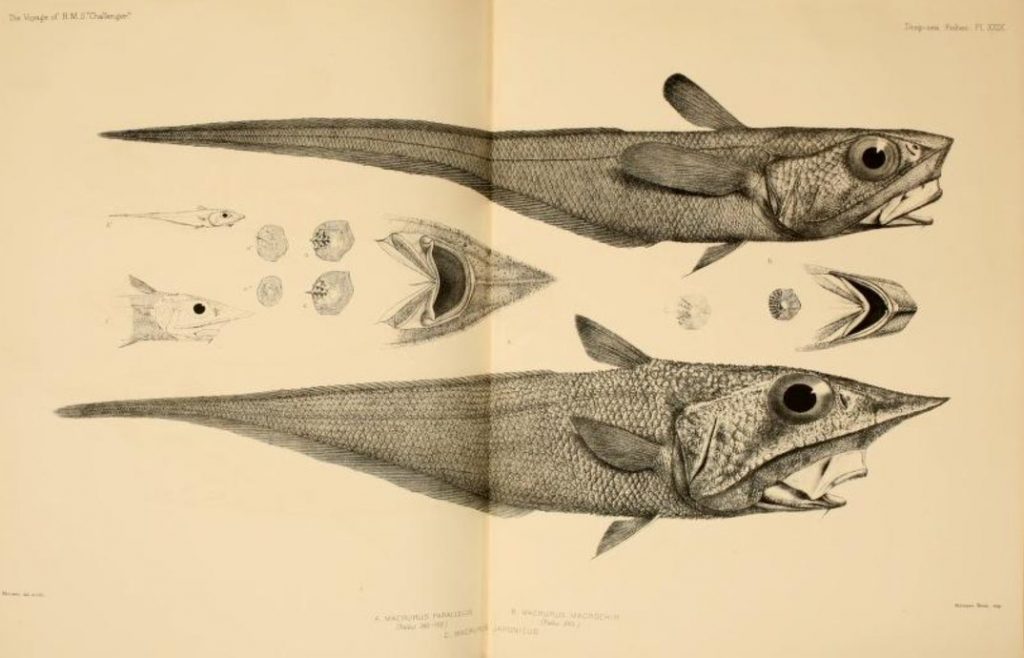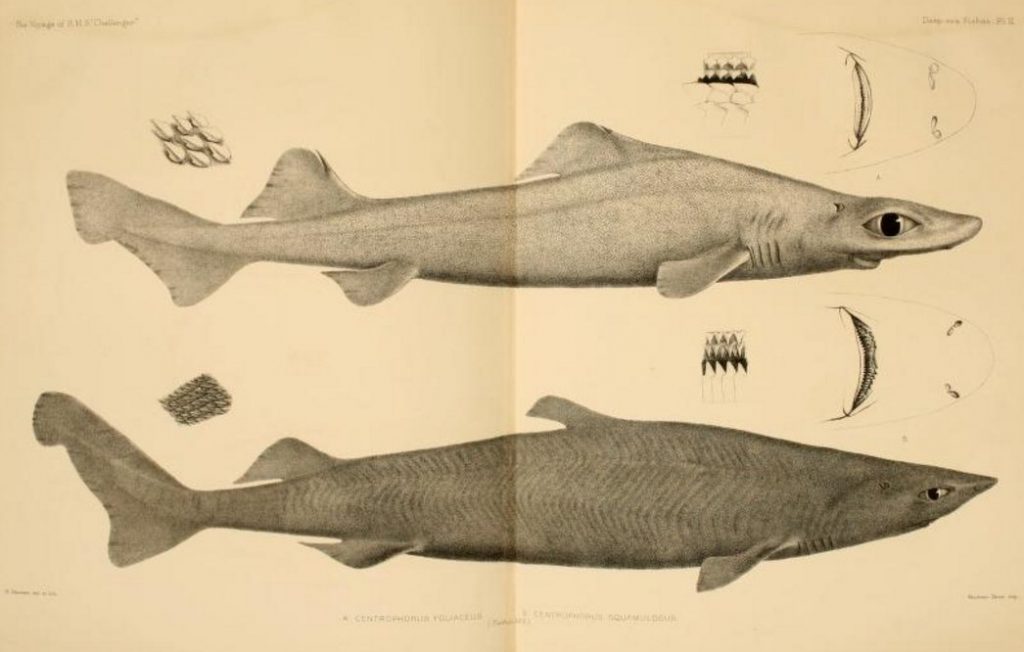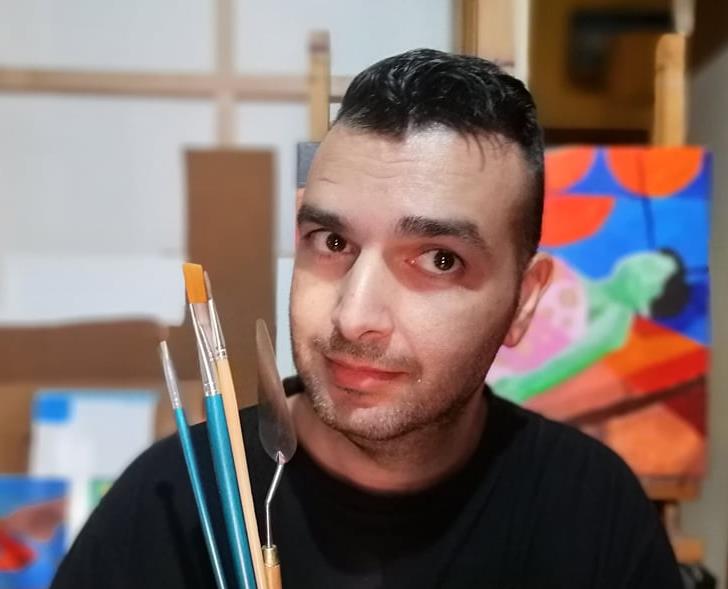Year 1870. The Royal Society of London asks the British government after the suggestions of Dr. C. Wyville Thomson to use one its warship for an extended research cruise.

With my greatest happiness the government agreed. And now we have our ship the HMS Challenger. There is a lot of stuff to be done before raising sails. First we have to make some modifications so the ship will be able to be used for oceanic research. We removed some ammunition and 15 of the guns. We need more space for laboratories, workrooms, and storage.
Our ship is a steam corvette of the Royal Navy with an engine capable of over 1,200 horsepower. The warship was a 200-foot ship square-rigged, and was built of wood. We will use sails rather than the steam engine, so we will be able to make frequent stops for collecting data. The steam engine will be used only during dredging operations to collect samples from the depths of the ocean floor.

The challenge is great not only for the ship but for the crew and the six civilian scientists. Some of them know how to use this new technology called photography. They also have the knowledge to create new tools for research and analysis.
Approximately 216 persons will form the crew including 21 naval experience officers. Our Captain, George Nares (replaced by Captain Frank Thomson in 1875), with great knowledge of the sea and difficulties of a research journey. We know that not all of us will come back alive and some of us will abandon the ship earlier. But the majority of us are here because we have faith to our mission, to explore the Oceans.

Our journey, the voyage of HMS Challenger, will last 1,000 days and we will cover more than 68,000 nautical miles. And I also have a prediction that the scientific results of the voyage will be published in a 50-volume, 29,500-page report and this will take 23 years to be compiled.

We know that out there is a new world that we must explore and this will be the first true oceanographic expedition.

